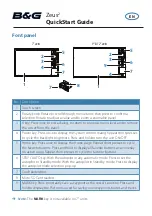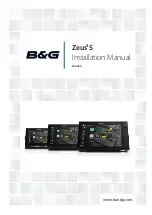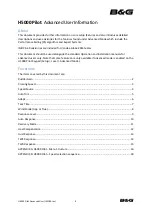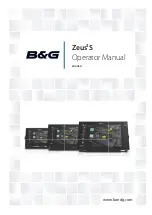
3
TIS Operation and Symbology
Part One: Section 1
and avoid.” Some of the more common examples of
these errors follow:
•
When client or intruder aircraft maneuvers exces-
sively or abruptly, the tracking algorithm may
report incorrect horizontal position until the
maneuvering aircraft stabilizes.
•
When a rapidly closing intruder is on a course that
crosses the client aircraft course at a shallow angle
(either overtaking or head on) and either aircraft
abruptly changes course within ¼ NM, TIS may
display the intruder on the opposite side of the
client than it actually is.
These are relatively rare occurrences and will
be corrected in a few radar scans once the course
has stabilized.
Improving TIS
Users of TIS can render valuable assistance in
the correction of malfunctions by reporting their
observations of undesirable performance. Reporters
should identify the time of observation, location, type
and identity of aircraft, and describe the condition
observed; the type of transponder processor and soft-
ware in use can also be useful information. Since TIS
performance is monitored by maintenance personnel
other than ATC, it is suggested that malfunctions be
reported in the following ways:
•
By telephone to the nearest Flight Service Station
(FSS) facility.
•
By FAA Form 8000-7, Safety Improvement Report,
a postage-paid card designed for this purpose.
These cards may be obtained at FAA FSSs, General
Aviation District Offices, Flight Standards District
Offices, and General Aviation Fixed Based Opera-
tions.
Summary of Contents for GNC 420W
Page 48: ...44 Appendix A Blank Page...
Page 49: ......








































